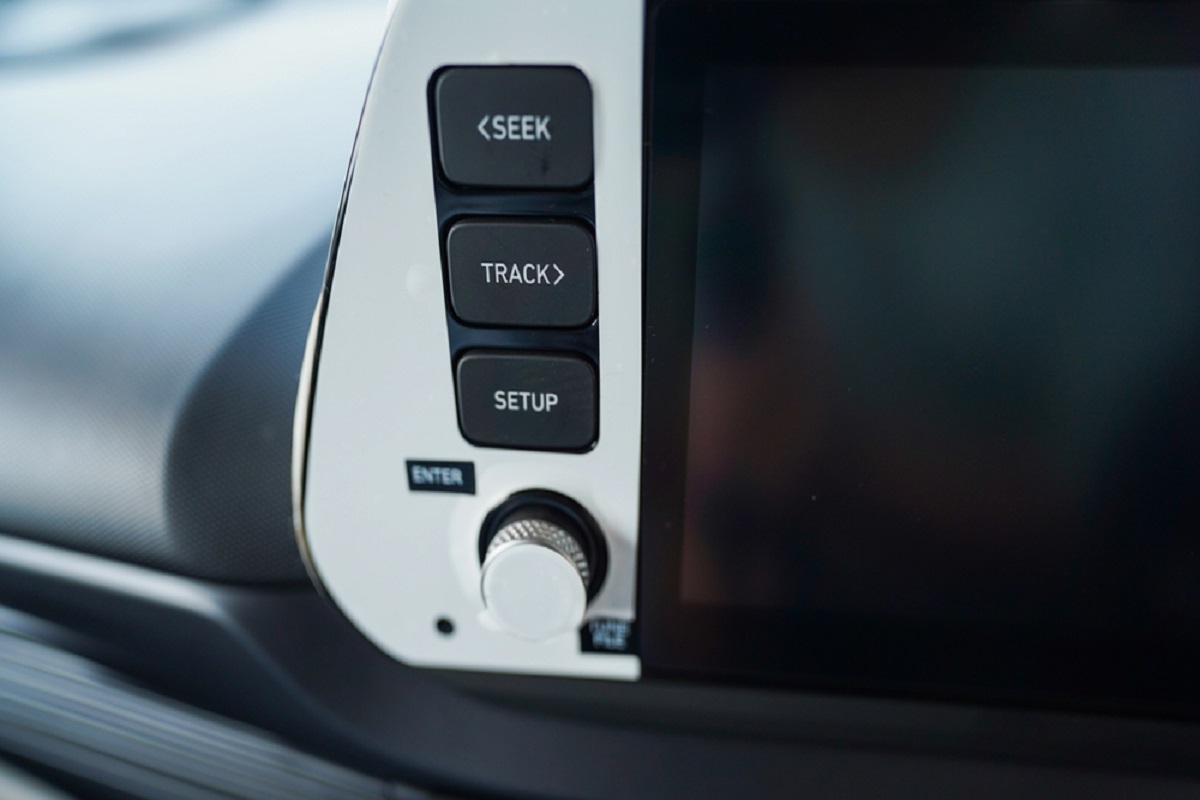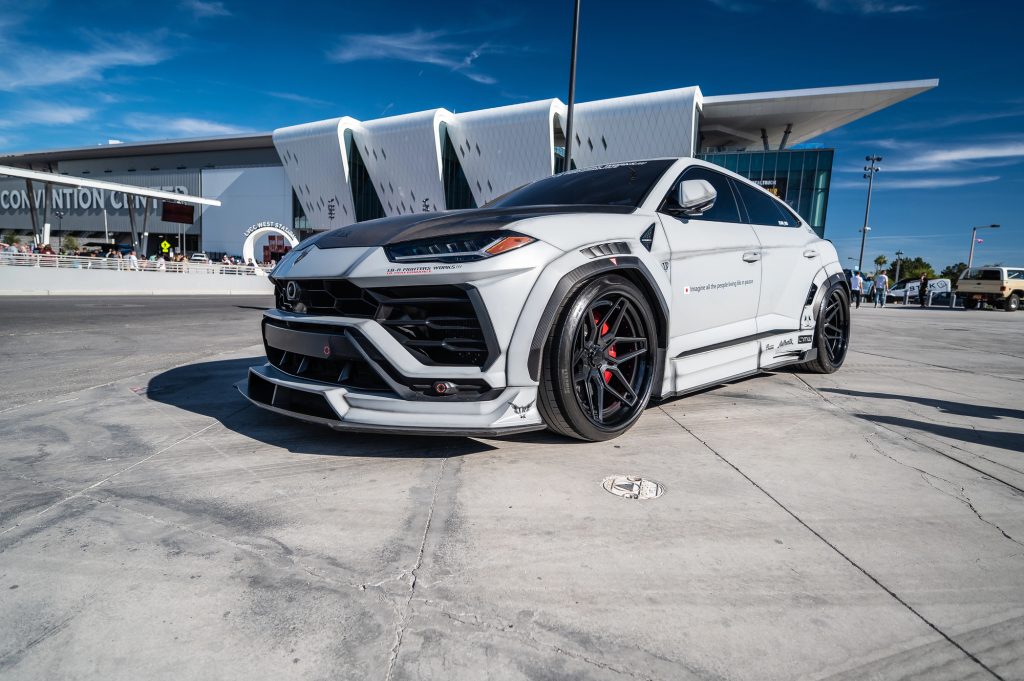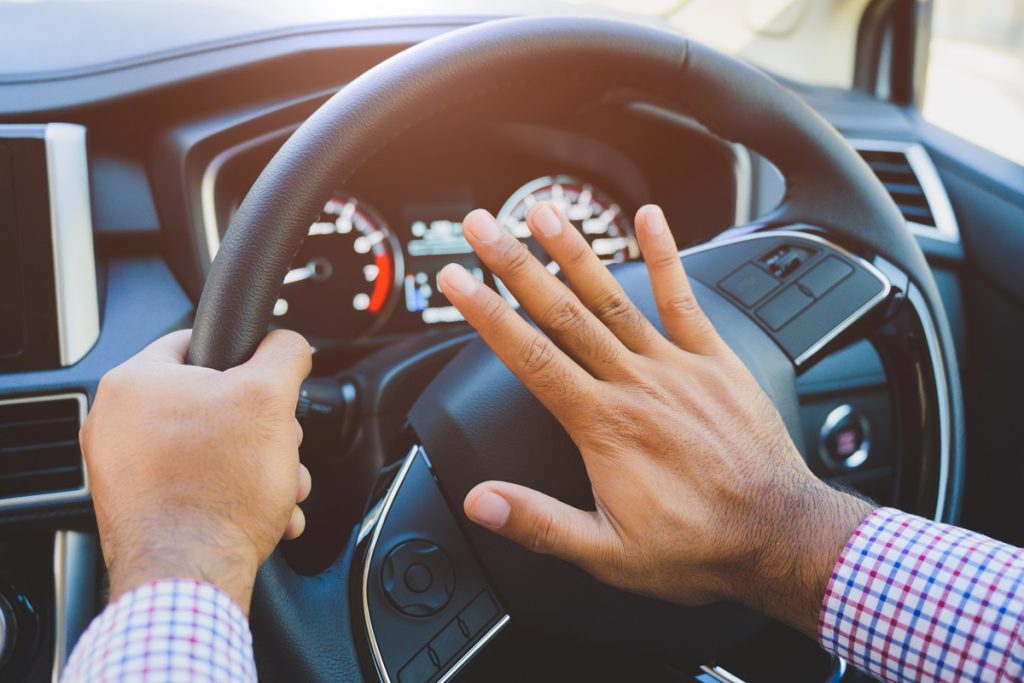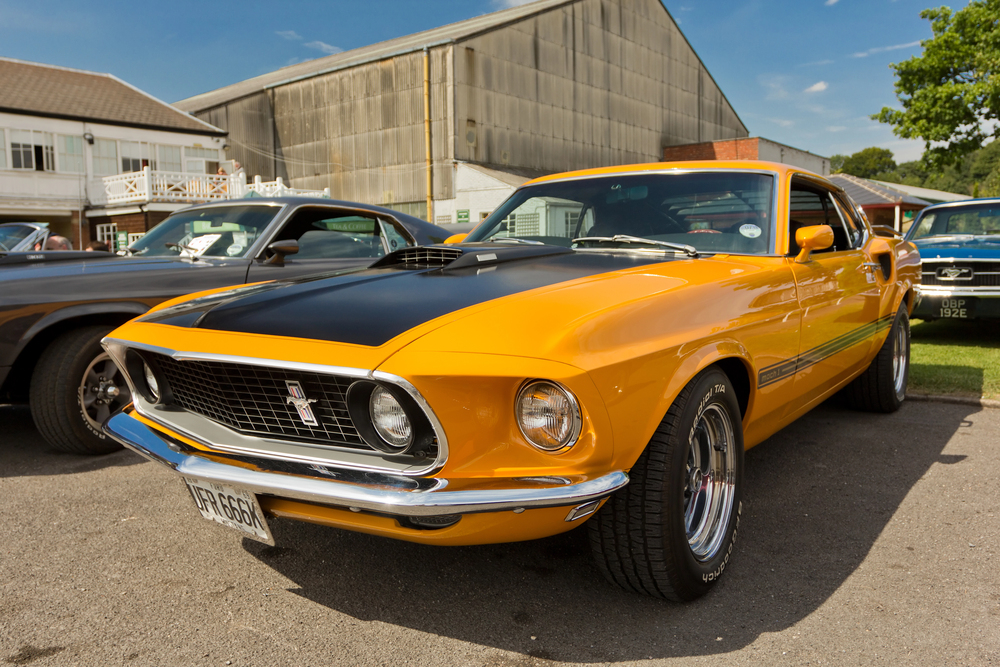The automotive industry is constantly evolving, but not every trend has turned out to be a good idea. Many drivers now regret certain changes that were once seen as revolutionary but have proven to be problematic over time. From excessive technology to questionable design choices, these trends have reshaped the driving experience in ways that aren’t always positive. Here are 13 car trends that drivers regret, even though reversing them now seems impossible.
Touchscreen-Centric Controls

Modern vehicles have replaced physical buttons with touchscreen interfaces, making simple tasks more complicated. Drivers often find themselves distracted while navigating through multiple menus just to adjust basic settings like climate control. Despite complaints, automakers continue this trend, prioritizing aesthetics over functionality.
Subscription-Based Features

What was once a one-time purchase is now locked behind a paywall, forcing drivers to subscribe to use features like heated seats and advanced driving modes. This model maximizes automaker profits but frustrates consumers who feel they’re being nickel-and-dimed. As more companies adopt this strategy, escaping these hidden costs is becoming increasingly difficult.
Fake Engine Sounds

With the rise of electric and turbocharged vehicles, manufacturers have started artificially enhancing engine sounds through speakers. While intended to improve the driving experience, many enthusiasts find the fake sounds unconvincing and unnecessary. Unfortunately, as real engine noise diminishes, artificial soundtracks are likely here to stay.
Complex Infotainment Systems

Automakers have packed vehicles with massive screens and software-heavy infotainment systems, replacing simple radio and navigation controls. While these systems offer impressive features, they often come with glitches, slow response times, and steep learning curves. The industry shows no signs of simplifying, leaving drivers stuck with overly complex interfaces.
Related: 13 Ways High Insurance Costs Are Quietly Reshaping The Future Of Car Ownership
Rising Vehicle Prices

New car prices have skyrocketed due to inflation, supply chain disruptions, and automakers focusing on high-end models. Many drivers regret not purchasing vehicles when prices were more reasonable, as affordability has become a major issue. Since automakers are making higher profits this way, prices are unlikely to drop soon.
Related: 12 Shocking Ways Small SUVs Are Making Sedans Obsolete
Overly Large Wheels

Massive wheels may look stylish, but they lead to harsher rides, increased road noise, and expensive tire replacements. While some drivers appreciate the aggressive aesthetic, many regret the added costs and discomfort. Despite this, automakers continue offering larger wheels as standard or premium options.
Related: 13 Jaw-Dropping Reasons Car Lovers Are Obsessed With AI-Powered Vehicles
Over-Reliance on Driver Assistance Features

Advanced driver-assistance systems (ADAS) were meant to enhance safety, but they have made some drivers overly dependent on automation. Many now struggle with basic driving skills, assuming the car will handle everything. As self-driving technology advances, this dependency is only expected to grow.
Related: 11 Startling Reasons People Still Don’t Trust Self-Driving Cars
Complicated Engine Downsizing

To meet emissions regulations, automakers have replaced large engines with smaller, turbocharged ones, promising better fuel efficiency. However, these downsized engines often suffer from reliability issues and expensive repair costs. Since fuel economy regulations are tightening, this trend is unlikely to reverse.
Related: 12 Insane Ways Wireless Charging And Smart Dashboards Are Taking Over New Cars
Overly Aggressive Styling

Many modern vehicles feature exaggerated grilles, sharp body lines, and unnecessary vents that serve no functional purpose. While initially appealing, these design trends age poorly and contribute to higher repair costs. Automakers continue this trend because bold aesthetics attract attention, even if they aren’t practical
Related: 11 Shocking Ways In-Car Entertainment Has Changed From CDs to Streaming Apps
Excessively Low Rooflines

Sleek rooflines improve aerodynamics and styling, but they drastically reduce headroom and rear visibility. Taller passengers struggle with comfort, and drivers often complain about blind spots caused by sloping rear windows. Automakers seem unwilling to sacrifice style for practicality, meaning this trend is unlikely to fade.
Related: 13 Legendary Car Brands That Refuse To Build Electric Vehicle
Eliminating Spare Tires

Many manufacturers have removed spare tires in favor of repair kits or run-flat tires to save weight and improve fuel economy. Drivers who experience major tire failures quickly realize that these alternatives are often inadequate. Unfortunately, as efficiency standards tighten, spare tires are disappearing from more models.
Related: 11 Most Dominant McLaren Drivers Who Ruled The Track
Annoying Start-Stop Systems

Start-stop technology was introduced to improve fuel efficiency, but many drivers find it intrusive and unreliable. The system frequently causes jerky restarts and delays at traffic lights, frustrating those who prefer a smoother ride. Automakers continue implementing this feature to meet regulations, leaving drivers with few options.
Related: 11 Youngest Formula 1 Drivers In The History Of Car Racing
Complicated Gear Selectors

Traditional gear shifters have been replaced by buttons, rotary dials, and electronic toggles, confusing many drivers. These changes often lead to accidental shifts and make parking maneuvers more difficult. While intended to create a futuristic feel, many regret the loss of intuitive, mechanical controls.
Related: 11 Anti-Theft Features That Could Save Your Car From Being Stolen
Many of today’s automotive trends have left drivers with regrets, but there’s little chance of turning back. Manufacturers continue prioritizing design, technology, and profits over user convenience, leading to persistent frustrations. As the industry moves forward, drivers must adapt to these changes, even if they wish they could undo them.
Disclaimer: This list is solely the author’s opinion based on research and publicly available information.
12 Popular SUVs That Mechanics Secretly Hate

SUVs are among the most popular vehicles on the market, but not all of them are as reliable as they seem. Many well-known models come with hidden issues that frustrate even the most experienced mechanics. From excessive maintenance costs to poorly designed components, some SUVs are a nightmare to repair. Here are 12 popular SUVs that mechanics secretly hate.
Read it here: 12 Popular SUVs That Mechanics Secretly Hate
13 Budget Friendly Tricks To Make Any Car Look Like It Just Left The Dealership

Nothing beats the feeling of driving a brand new car fresh from the dealership shiny, spotless, and flawless. But keeping your vehicle looking that good doesn’t have to break the bank. With a few affordable tricks, you can restore its showroom shine and turn heads on the road. Here are 13 budget-friendly hacks to make your car look brand new again.
Read it here: 13 Budget Friendly Tricks To Make Any Car Look Like It Just Left The Dealership
13 Cars Mechanics Avoid Buying for Their Own Families

Not all cars are built to last, and no one knows this better than professional mechanics. Some vehicles are notorious for reliability issues, expensive repairs, or poorly designed components that make maintenance a nightmare. Mechanics who work on cars every day know which ones to steer clear of when it comes to their own families. Here are 13 cars that mechanics avoid buying for their loved ones.
Read it here: 13 Cars Mechanics Avoid Buying for Their Own Families
You’ll love these related posts:
- 12 Genius Reasons Rear Seat Passenger Detection Is Now A Must-Have
- 13 Insane Ways Remote Work Is Turning Cars Into Mobile Offices
- 13 Reasons Young Drivers Are Ditching New Cars For Vintage Rides
- 13 Game-Changing Driver-Assistance Features That Are Saving Lives On The Road
- 14 Ways Social Media Is Changing How You Buy Cars


